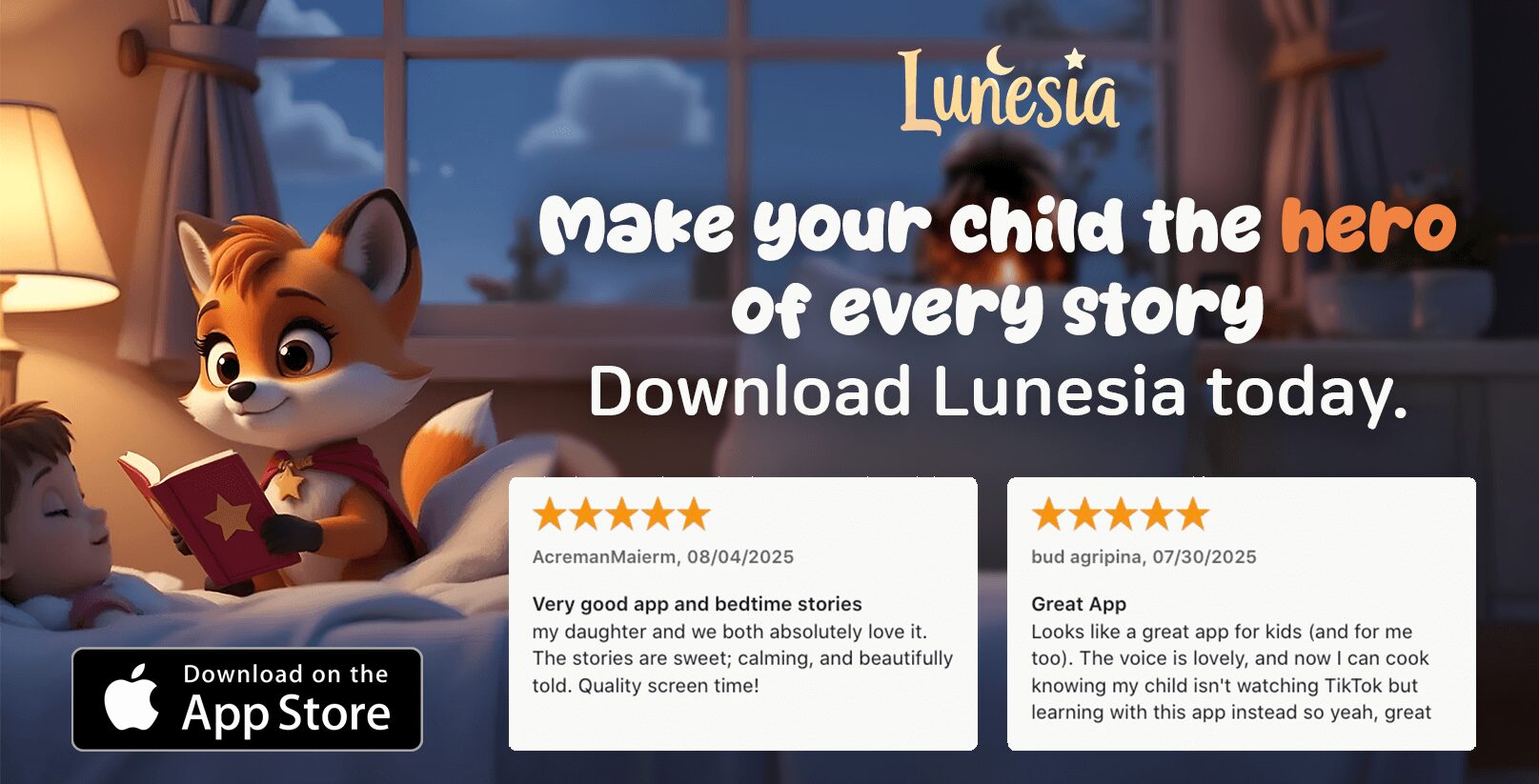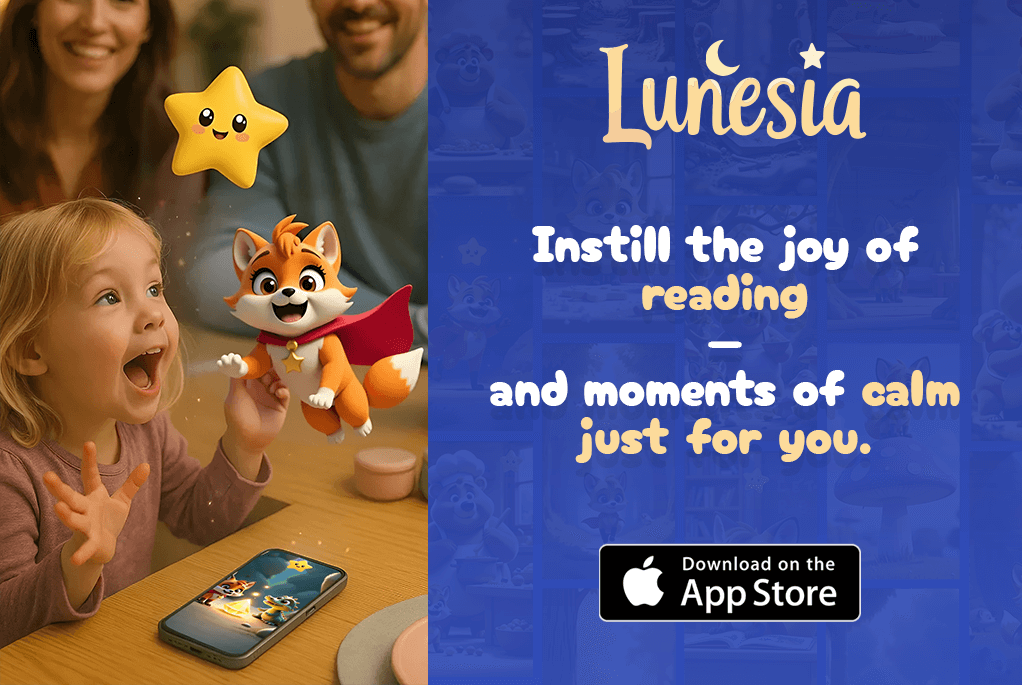Have you ever noticed how a simple story can light up your child’s eyes? It’s like magic. Neuroscience shows that when kids hear a story, their brains process it as if they’re living it. This means you, as a parent, hold the power to shape their world through the narratives you share.

I remember when I first realized this. It was during a bedtime tale that turned my child’s fear of the dark into curiosity. That moment inspired me to dive deeper into the art of crafting stories that build confidence and resilience. You don’t need to be a professional—just like singing, it’s a skill everyone can develop.
Think of your experiences as a golden thread. Weave them into tales that reflect your child’s life. Whether it’s a silly adventure or a heartfelt lesson, your words can transform their fears into courage. So, don’t wait for perfection. Just start. Your child’s imagination is waiting.
Why Storytelling Techniques for Parents Matter
Did you know that stories can shape your child’s brain in remarkable ways? Neuroscience reveals that 72% of neural pathways activated during story comprehension mirror real-life experiences. This means when you share a tale, your child’s brain processes it as if they’re living it. It’s like giving them a safe space to explore emotions and challenges.
Stories also create an “emotional rehearsal space.” They help children practice handling situations before they face them in real life. For example, a child who hears about a character overcoming school anxiety might feel more prepared to tackle their own fears. This builds confidence and resilience.
According to PlanBee research, children exposed to daily stories show 30% higher resilience. Parent Coach Jenny explains, “Stories allow kids to take on different perspectives, which enhances their understanding of the world.”
Take Alice, for instance. Her school anxiety improved significantly after her mom started sharing tales about Lucy, a brave character who faced similar challenges. This simple yet powerful approach helped Alice feel understood and empowered.
Family storytelling, as highlighted in this study, plays a crucial role in emotional and behavioral regulation. It helps children integrate experiences into their sense of self, fostering a deeper understanding of their emotions and the world around them.
The Power of Stories in Child Development
Stories activate mirror neurons, which help children empathize and connect with characters. This process not only boosts their imagination but also strengthens their cognitive development. By hearing about characters making decisions, children learn to think critically and solve problems.
How Storytelling Builds Confidence in Children
When children see characters overcoming obstacles, they feel inspired to do the same. This emotional rehearsal space allows them to practice resilience in a safe environment. Over time, this builds their confidence and prepares them for real-life challenges.
Mastering Voice and Intonation in Storytelling
Your voice is a powerful tool to bring stories to life. It’s not just about the words you say but how you say them. The right tone, pitch, and rhythm can make characters feel real and emotions vivid. This makes the experience more engaging for your child.

One effective way to enhance your delivery is by using the vocal pyramid technique. Start with a whisper and gradually increase your volume to a shout. This creates suspense and keeps your child hooked. For example, when describing a storm, begin softly and build up to a thunderous climax.
Using Tone to Convey Emotions
Tone plays a crucial role in expressing feelings. A high pitch can show excitement, while a slow tempo builds suspense. Try mapping emotions to specific vocal patterns. For instance, use a cheerful tone for happy moments and a somber one for sad scenes.
Here’s a quick guide to emotion mapping:
| Emotion | Vocal Pattern |
|---|---|
| Excitement | High pitch, fast tempo |
| Suspense | Low pitch, slow tempo |
| Sadness | Soft, steady tone |
Creating Distinct Voices for Characters
Giving each character a unique voice makes the story more immersive. A gruff tone works well for a bear, while a squeaky voice suits a mouse. Use objects around the room to practice different tones. For example, try the Teddy Bear Tone exercise to develop a warm, comforting voice.
Here’s a simple cheat sheet for character voices:
- Gruff Bear: Deep, slow, and growly
- Squeaky Mouse: High-pitched and fast
- Wise Owl: Calm and measured
For more inspiration, check out this guide on using varied tones and gestures to captivate your child’s imagination.
Remember, 60% of a story’s meaning comes from tone. By mastering voice and intonation, you can make every reading session a memorable part of your child’s day.
Interactive Storytelling: Engaging Your Child
Interactive moments can turn ordinary tales into unforgettable adventures. When kids are actively involved, they connect more deeply with the story. This not only boosts their focus but also sparks their creativity.
Asking Questions to Keep Them Engaged
Ask questions to keep kids engaged. The “Pause & Predict” technique works wonders. For example, pause before a plot twist and ask, “What do you think happens next?” This encourages critical thinking and keeps them hooked.
Another effective method is the call-and-response rhythm. Phrases like “What’s next?” or “Can you guess?” create a dynamic flow. According to PlanBee, this approach boosts engagement by 85%.
Incorporating Repeated Phrases and Rhymes
Repeated phrases and rhymes add a rhythmic charm to stories. They help kids anticipate what’s coming, making the experience more interactive. For instance, the success of “We’re Going on Bear Hunt” lies in its repetitive structure.
Here are five customizable phrases for different ages:
| Age Group | Repeatable Phrase |
|---|---|
| 2-4 years | “Let’s go, let’s go, what do we see?” |
| 5-7 years | “Over the hill, through the trees, what’s waiting for me?” |
| 8+ years | “The mystery unfolds, the story is told, what happens next?” |
Rhymes also have neural benefits. They enhance memory and language recognition. For example, the “Dentist Office Storytelling” hack uses rhymes to ease anxiety. One parent shared how veggie tales transformed grocery trips into fun adventures.
To make interactive creation easier, try the Story Dice template. Roll the dice to pick characters, settings, and plots. This turns storytelling into a game, making every day magical.
Creating Stories from Everyday Experiences
Everyday moments hold the seeds of magical tales. Whether it’s a trip to the park or a funny mishap at home, these experiences can become the foundation of engaging stories. According to PlanBee, 68% of children prefer personalized tales that reflect their own life.

One effective method is the Memory Alchemy technique. Take a real event, add a fantasy twist, and end with a meaningful lesson. For example, a spilled glass of milk can turn into a story about a clumsy dragon learning responsibility.
Drawing on Your Own Life for Inspiration
Your life is full of stories waiting to be told. Use the 3-column story mapping method to craft tales that resonate with your child. Here’s how it works:
| Real Event | Fantasy Twist | Lesson |
|---|---|---|
| Lost a toy | A magical quest to find it | Perseverance pays off |
| First day of school | Meeting a friendly alien | New things can be fun |
This approach not only makes stories relatable but also teaches valuable lessons in a fun way.
Using Family Photos as Story Prompts
Family photos are a goldmine for story ideas. Try the Photo Album Time Travel activity. Pick a picture, and together, imagine what happened before or after it was taken. This sparks creativity and strengthens family bonds.
Here are five sensory detail prompts to make your stories vivid:
- The smell of toothpaste → Mint fairies in the bathroom
- The sound of rain → A symphony by cloud musicians
- The taste of cookies → A secret recipe from a wizard
- The feel of grass → A magical carpet that flies
- The sight of stars → A map to hidden treasures
Personal stories also build generational connections. Sharing tales from your childhood helps your child understand their roots. As one parent shared, “My daughter loves hearing about my embarrassing times—it makes her laugh and feel closer to me.”
For more inspiration, explore our guide on bedtime stories that turn ordinary moments into extraordinary adventures.
The Benefits of Storytelling for Parents and Children
Sharing a tale before bed can do more than just entertain—it can transform your child’s evening. Research shows that co-created narratives reduce cortisol levels, helping kids feel calm and secure. This is especially helpful during bedtime, when winding down is essential.
One effective way to enhance this calming effect is through “Story Yoga.” Synchronize your breathing with your child’s as you narrate. This simple technique not only relaxes but also strengthens your bond. It’s a shared experience that leaves both of you feeling connected.
Calming and Energizing Effects of Storytelling
Stories have a dual effect—they can calm and energize. For instance, a 15-minute session can increase oxytocin levels by 32%, fostering feelings of love and trust. This makes it a powerful tool for emotional regulation.
Metaphorical tales also help resolve conflicts. When a character faces a challenge, your child learns to navigate their own struggles. This builds resilience and problem-solving skills in a safe, imaginative space.
Strengthening the Parent-Child Bond
Storytelling creates lasting memories. Take the father-daughter duo who bonded over the “Lucy Stories.” These tales not only entertained but also deepened their connection. Studies show that 89% of parents report improved bonds through shared narratives.
End your sessions with a “Story Gratitude” ritual. Reflect on the tale and express gratitude for the time spent together. This simple practice reinforces positive emotions and makes storytelling a cherished routine.
For more inspiration, explore digital bedtime stories apps that offer a variety of calming narratives. These tools can make every evening a magical experience for your family.
Conclusion: Embrace the Magic of Storytelling
Every day holds a new opportunity to create magic with your words. Stories are not just tales; they are bridges to understanding and connection. When you share a story, you’re shaping your child’s world in profound ways.
Consider the legacy of a three-generation family who passed down tales of courage and kindness. Their shared narratives not only entertained but also strengthened their bond. This is the power of stories—they transcend time and create lasting memories.
Ready to start? Try the 30-Day Story Challenge. Each day, craft a simple tale inspired by your child’s experiences. On tough days, keep a Storytelling Emergency Kit handy with quick, engaging ideas.
Your first imperfect story starts tonight. Dive into the world of narratives and watch the magic unfold. Explore Sparkle Stories’ free trial offer for more inspiration. Remember, you’re not just a parent—you’re a world-maker, shaping your child’s future one story at a time.
FAQ
Why is storytelling important for child development?
Stories help children understand emotions, build vocabulary, and develop empathy. They also spark imagination and create a safe space for kids to explore new ideas.
How can I make my storytelling more engaging for my child?
Use different voices for characters, vary your tone, and ask questions to keep them involved. Repeated phrases or rhymes can also make the experience more interactive.
Can I use everyday experiences to create stories?
Absolutely! Drawing from your own life or using family photos as prompts can make stories relatable and meaningful for your child.
What are the benefits of storytelling for parents?
It strengthens the bond with your child, helps you connect emotionally, and can be a calming activity for both of you at the end of the day.
How can storytelling help my child build confidence?
When children see themselves as part of a story or solve problems alongside characters, they feel empowered and capable in real life.
What’s the best way to use tone and voice in storytelling?
Match your tone to the emotions of the story—excited for adventures, soft for tender moments. Create distinct voices for characters to make the tale come alive.
Can storytelling help with bedtime routines?
Yes! A calming story can ease your child into sleep, making bedtime a peaceful and enjoyable part of the day.



